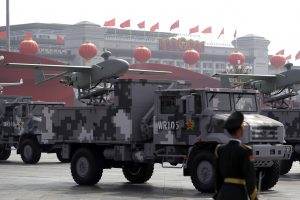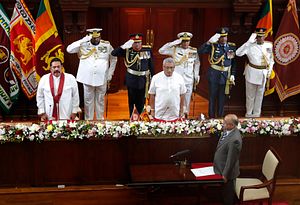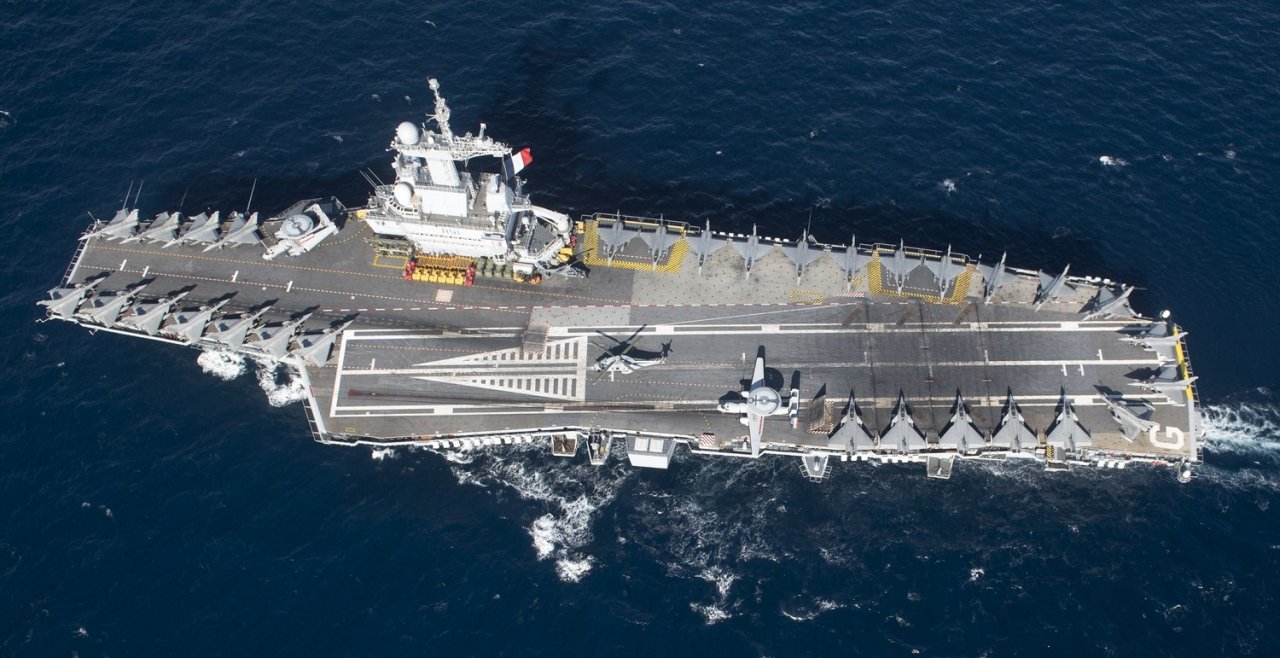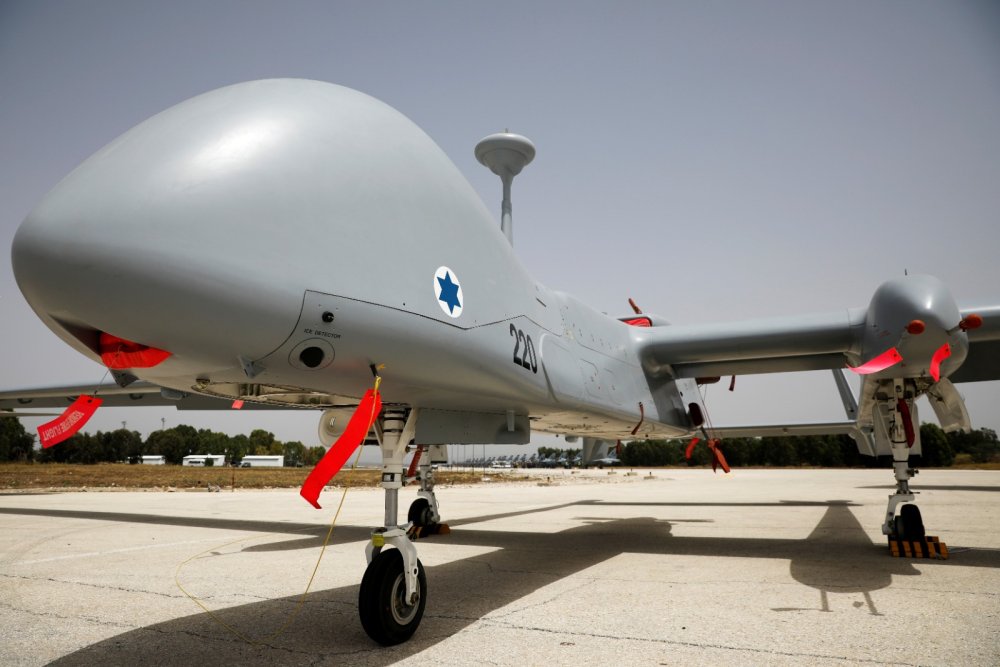By Suyash Desai
With the People’s Republic of China (PRC) marking its 70th founding anniversary on October 1, the grand military parade at Tiananmen Square was the highlight of the celebrations. It showcased China’s newer arms, ammunition, and technology. Over 15,000 personnel, 160 aircraft, and 580 pieces of military equipment participated in the military parade, including sophisticated weaponry such as hypersonic missiles, intercontinental-range land and submarine-launched ballistic missiles, stealth combat and high-speed reconnaissance drones, and fifth-generation fighter jets.
China intended to address both domestic and international audiences through this parade. At home, the leadership hoped that the parade would stir up feelings of nationalism. Internationally, the display of force was intended as a warning to the United States and China’s neighbors. Further, the parade reflected the People’s Liberation Army’s (PLA) progress toward becoming a “world-class military” by 2050.
Although policymakers and military leaders across the world were keeping a close eye on China’s military display, perhaps those in India should have been paying the most attention. The parade was not directed at India, but New Delhi can learn a lot from China’s use of military modernization and its ongoing defense reforms. Here are four key lessons New Delhi can take from China’s 2019 military parade.
Improve Electronic and Cyber Warfare Capabilities
















